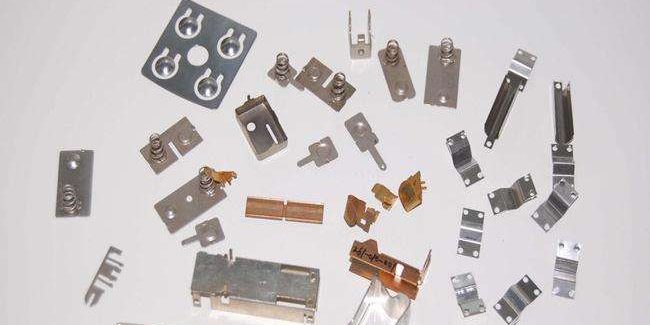The service life of tensile stamping parts, in addition to the reasonable mold structure, high manufacturing accuracy, good heat treatment effect and the correct selection of punch, tensile stamping parts installation precision and other factors, the correct use of the mold, maintenance and maintenance is also a link that can not be ignored.

The following points should be noted:
- Before installation and use of tensile stamping parts, strict inspection should be conducted to remove dirt and check whether the guide sleeve and die of tensile stamping parts are well lubricated.
- The punch and die cutting edge of the tensile stamping parts should be stopped and grinded in time, otherwise it will rapidly expand the wear degree of the die cutting edge, accelerate the die wear, reduce the quality of the punch parts and the life of the die.
- To ensure the service life of the tensile stamping parts, the spring of the die should be replaced regularly to prevent the fatigue damage of the spring from affecting the use of the tensile stamping parts.
Tensile stamping by press and die for sheet, strip, pipe and profiles, such as external force to produce plastic deformation or separation to obtain the required shape and size of the workpiece forming method (stamping). Stamping and forging are plastic processing (or pressure processing) collectively known as forging. The blanks for stamping are mainly hot and cold rolled steel plates and strips.
Stamping parts are mainly metal or non-metal sheet material with the pressure of the press through the stamping die stamping process forming it has the following characteristics:
- Stamping parts are made of light weight and good stiffness under the premise of little material consumption, and after plastic deformation of sheet metal, the internal structure of the metal is improved to improve the strength of the stamping parts.
- In the stamping process, because the surface of the material is not damaged, it has better surface quality and smooth appearance. This provides convenient conditions for surface painting, electroplating, phosphating and other surface treatments.
Compared with castings and forgings, tensile stamping parts have the characteristics of thin, uniform, light and strong. The workpiece with reinforcing ribs, ribs, undulation or flanging, which is difficult to make by other methods, can be produced by stamping to improve its rigidity. Due to the use of precision mold, workpiece accuracy can reach micron level, and high repetition accuracy.






